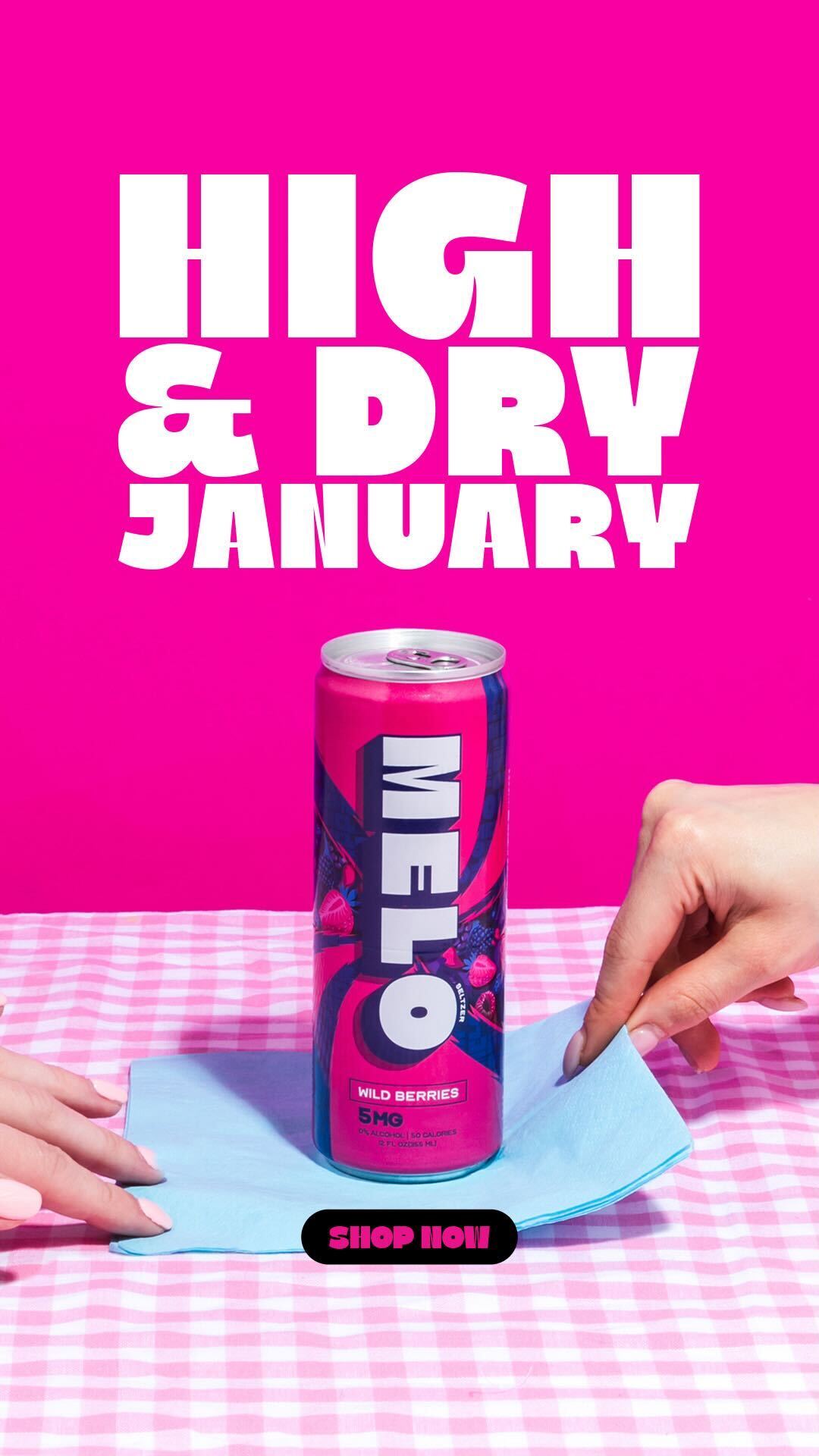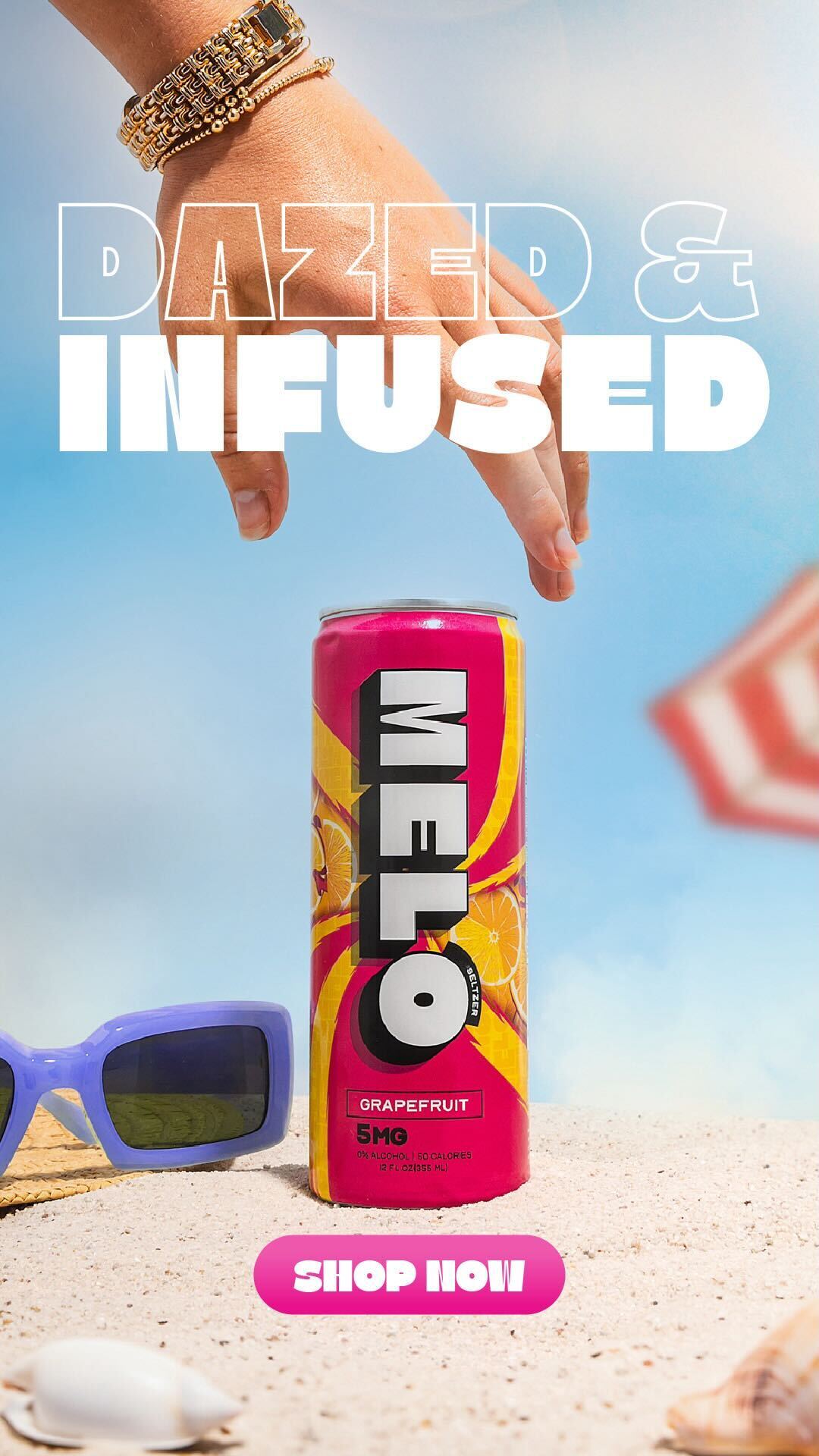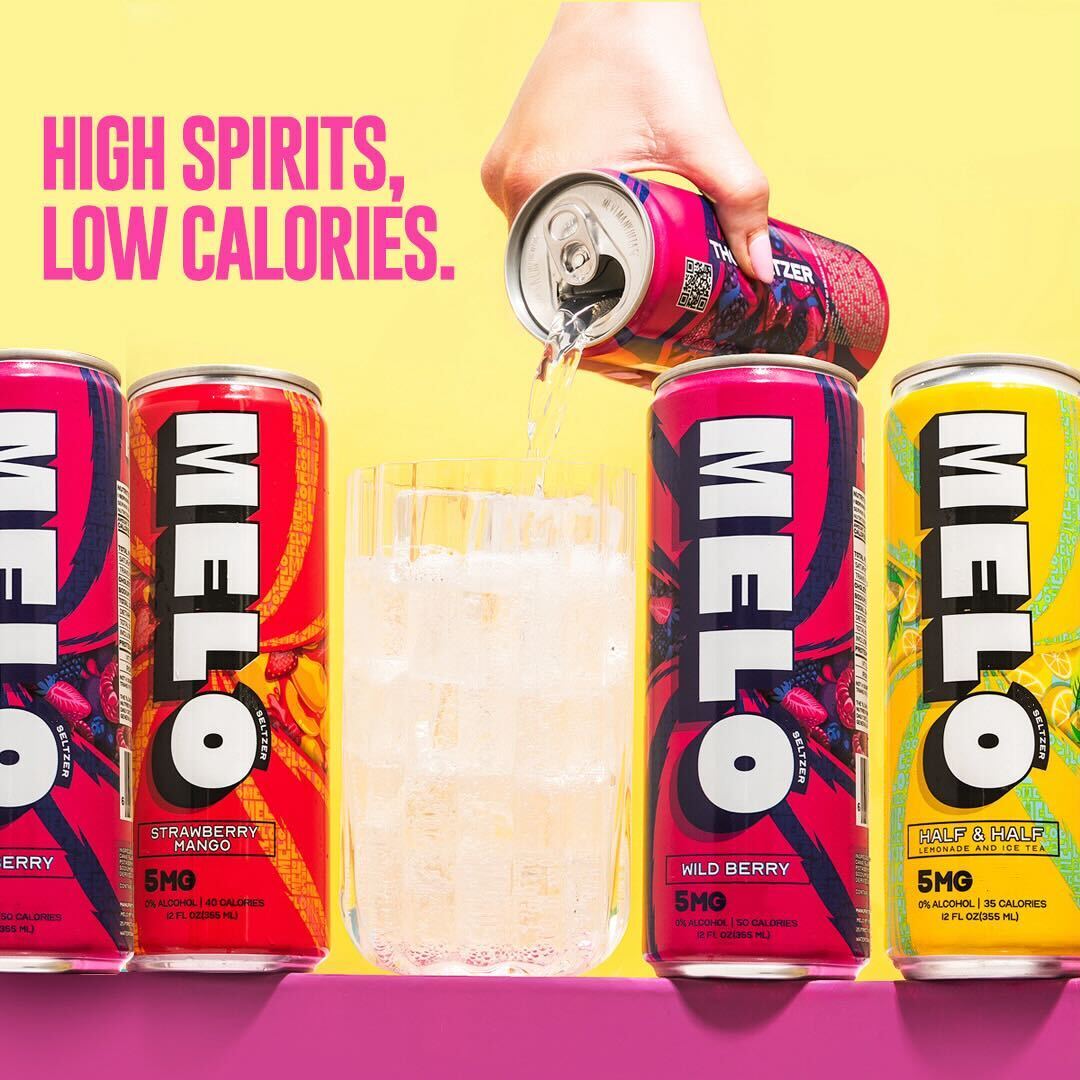Variety of Flavors
Flavor-forward THC beverages are changing the way people consume cannabis. Gone are the days of associating cannabis with earthy, herbal flavors. Today’s market boasts a dizzying array of tastes, from fruity and tropical to tart and citrusy. This explosion of flavor options caters to diverse palates and makes THC beverages more accessible to a wider range of consumers.
Unique Combinations
The rise of flavor-forward THC beverages has revolutionized the cannabis industry by appealing to a broader audience.
These innovative drinks move beyond traditional cannabis flavors, offering a spectrum of tastes that cater to individual preferences. The emphasis on unique flavor profiles has made THC beverages more palatable and approachable for consumers who may have previously been hesitant to try cannabis products.
Taste Profiles and Targeting
The key to the success of flavor-forward THC beverages lies in understanding taste profiles and targeting specific consumer segments.
For example, a beverage company might develop a line of tropical fruit-flavored drinks aimed at younger consumers who enjoy bold and refreshing tastes.
Conversely, they might create sophisticated, earthy blends for an older demographic seeking a more refined cannabis experience.
By carefully crafting flavor profiles and aligning them with distinct consumer preferences, brands can effectively reach their target audiences and drive sales in the ever-evolving world of THC beverages.
Sourcing and Quality Ingredients
To achieve those delicious, innovative flavors, sourcing high-quality ingredients is paramount. This means working with suppliers who provide fresh, natural fruits, botanicals, and other flavor components. The quality of these ingredients directly impacts the taste, aroma, and overall experience of the finished beverage.
Furthermore, selecting ingredients that complement the specific THC profile is crucial. Some strains of cannabis lend themselves to certain flavor pairings better than others. By carefully considering these nuances, manufacturers can create a harmonious balance between the taste and the desired effects.
Manufacturing Process
The manufacturing process for flavor-forward THC beverages involves a meticulous blend of science and artistry.
It begins with selecting high-quality cannabis extract that delivers the desired THC potency and terpene profile. Terpenes are aromatic compounds responsible for the distinct flavors and aromas associated with different cannabis strains.
Next, manufacturers carefully choose complementary flavor ingredients, such as fruits, herbs, spices, and botanicals.
These ingredients are blended together in precise ratios to create unique flavor profiles that appeal to specific consumer tastes.
The mixture is then combined with water, sweeteners, and other necessary additives to achieve the desired consistency, taste, and overall sensory experience.
Finally, the beverage undergoes rigorous quality control testing to ensure safety, potency, and flavor consistency before being packaged and distributed.
Dosage Accuracy and Consistency
%h2% Dosage Accuracy and Consistency in Flavor-Forward THC Beverages
A crucial aspect of any cannabis product is accurate and consistent dosing. For flavor-forward THC beverages, this is especially important due to the variability in absorption rates that can occur with edibles compared to smoking or vaping. Inconsistency in dosing can lead to unpredictable effects, which can be frustrating for consumers and potentially lead to adverse experiences.
Achieving dosage accuracy and consistency requires meticulous attention to detail throughout the manufacturing process.
This begins with using precise methods to measure and incorporate THC extract into the beverage base.
Manufacturers must also carefully control the blending process to ensure that THC is evenly distributed throughout each serving.
Furthermore, rigorous quality control testing at every stage of production is essential to verify that each batch meets the desired THC content standards.
The use of third-party labs for independent testing can provide an additional layer of assurance regarding product potency and safety.
Clear and transparent labeling is another critical factor in promoting accurate dosing.
Beverage labels should clearly state the amount of THC per serving, as well as the total THC content in each container.
Additionally, providing guidance on recommended serving sizes can help consumers make informed decisions about their consumption.
Cannabis Infusion Techniques
Cannabis Infusion Techniques
- Extraction: The process begins with extracting THC from cannabis plants. Various methods exist, including solvent-based extraction (using solvents like ethanol or CO2), which yields a concentrated oil, and water-soluble extraction, resulting in a more readily dissolvable form.
- Flavor Infusion: Once the THC is extracted, flavoring agents are introduced. This can involve infusing the extract with fruits, herbs, spices, or botanicals through techniques like steeping, maceration (soaking), or even cooking.
- Mixing and Formulation: The flavored THC extract is then carefully blended with water, sweeteners, acids (like citric acid for tartness), and other ingredients to create the desired beverage consistency, taste profile, and visual appeal.
- Quality Control: Throughout the process, strict quality control measures are implemented to ensure safety, potency, and flavor consistency. This includes testing for residual solvents, heavy metals, and microbiological contamination, as well as verifying THC content accuracy.
Packaging and Preservation
Packaging plays a crucial role in preserving the quality and integrity of flavor-forward THC beverages.

These drinks often contain delicate flavors and aromas that can be easily compromised by light, oxygen, and temperature fluctuations. Therefore, packaging materials must be carefully chosen to protect against these factors.
One common type of packaging used for THC beverages is aluminum cans. Cans provide excellent barrier properties against light, oxygen, and moisture, helping to preserve the flavor and freshness of the beverage. They are also durable and portable, making them suitable for on-the-go consumption.
Another option is glass bottles. Glass offers a high level of clarity, allowing consumers to see the color and quality of the beverage. It’s also inert, meaning it doesn’t react with the contents, preserving flavor integrity. However, glass bottles can be more fragile than cans.

To further enhance preservation, many manufacturers use nitrogen flushing or vacuum sealing techniques during packaging. These methods remove oxygen from the container, minimizing oxidation and extending shelf life.
Additionally, specialized coatings on the inside of packaging can help prevent flavor leaching or degradation over time.
Proper storage is also essential for maintaining the quality of flavor-forward THC beverages.
Once opened, these drinks should be refrigerated to slow down the oxidation process and preserve their flavor and aroma.
It’s generally recommended to consume THC beverages within a week or two after opening for optimal taste and potency.
Target Demographic
The target demographic for flavor-forward THC beverages is broad and diverse, encompassing consumers who are seeking flavorful and approachable cannabis experiences.
This includes younger adults who are accustomed to experimenting with bold and innovative tastes, as well as older consumers who appreciate sophisticated flavors and refined cannabis experiences.
Additionally, flavor-forward THC beverages appeal to individuals who may have previously been hesitant to try cannabis due to traditional earthy or herbal flavors.
Brand Identity and Messaging
Brand identity and messaging are crucial for success in the competitive world of flavor-forward THC beverages. A strong brand identity creates recognition, builds trust, and differentiates a product from the crowd.
It’s more than just a logo or name; it encompasses the overall image, values, and personality that a brand projects. For flavor-forward THC beverages, this might involve highlighting the innovative use of ingredients, the unique flavor profiles, or the experience they evoke.
Effective messaging should be clear, concise, and targeted to the specific consumer segments being addressed.
It should communicate the brand’s values, the benefits of their products, and create a connection with the target audience.
For example, a brand targeting younger consumers might use playful language, vibrant visuals, and social media engagement to convey a sense of fun and experimentation.
A brand catering to older, more discerning consumers might adopt a sophisticated tone, emphasizing quality ingredients, artisanal production methods, and the relaxing or therapeutic benefits of their beverages.
Consistency across all touchpoints is essential for building a recognizable and trustworthy brand.
This means maintaining a consistent visual style, messaging, and overall experience across packaging, marketing materials, social media, and customer service interactions.
In the ever-evolving cannabis industry, staying ahead of trends and adapting to consumer preferences is crucial for long-term success.
Flavor-forward THC beverage brands that invest in strong brand identity and messaging will be well-positioned to connect with consumers, build loyalty, and thrive in this dynamic marketplace.
Competitive Advantages
The rise of flavor-forward THC beverages has revolutionized the cannabis industry by appealing to a broader audience. These innovative drinks move beyond traditional cannabis flavors, offering a spectrum of tastes that cater to individual preferences. The emphasis on unique flavor profiles has made THC beverages more palatable and approachable for consumers who may have previously been hesitant to try cannabis products.
The key to the success of flavor-forward THC beverages lies in understanding taste profiles and targeting specific consumer segments. For example, a beverage company might develop a line of tropical fruit-flavored drinks aimed at younger consumers who enjoy bold and refreshing tastes. Conversely, they might create sophisticated, earthy blends for an older demographic seeking a more refined cannabis experience. By carefully crafting flavor profiles and aligning them with distinct consumer preferences, brands can effectively reach their target audiences and drive sales in the ever-evolving world of THC beverages.
To achieve those delicious, innovative flavors, sourcing high-quality ingredients is paramount. This means working with suppliers who provide fresh, natural fruits, botanicals, and other flavor components. The quality of these ingredients directly impacts the taste, aroma, and overall experience of the finished beverage.
Furthermore, selecting ingredients that complement the specific THC profile is crucial. Some strains of cannabis lend themselves to certain flavor pairings better than others. By carefully considering these nuances, manufacturers can create a harmonious balance between the taste and the desired effects.
Distribution Channels
Distribution Channels
Getting flavor-forward THC beverages into the hands of consumers requires strategic distribution channels that align with target demographics and regulatory landscapes. Here are some key avenues:
**Cannabis Dispensaries:**
The most common and established channel for selling THC products is through licensed cannabis dispensaries. These stores cater specifically to adult-use or medical cannabis consumers, providing a regulated and knowledgeable environment for purchasing.
**Specialty Retailers:**
Some specialty retailers, such as high-end grocery stores, convenience stores in areas where cannabis is legal, or liquor stores that have expanded their offerings, may also carry THC beverages. This can provide access to a wider audience beyond traditional cannabis consumers.
**Direct-to-Consumer (DTC):**
Many brands are increasingly utilizing direct-to-consumer online sales channels. This allows for greater brand control, personalized marketing, and potential subscription services. However, DTC often requires navigating complex shipping and delivery regulations.
Wholesale to Restaurants and Bars:
In some jurisdictions where cannabis consumption is permitted in licensed establishments, THC beverages may be distributed wholesale to restaurants and bars. This can expose the products to a new customer base and offer a unique dining or entertainment experience.
Compliance with Laws and Standards
Compliance with laws and standards is paramount for any business operating in the cannabis industry, especially when producing and selling THC-infused beverages.
Regulations surrounding cannabis production, labeling, packaging, sale, and consumption vary widely depending on location. It’s crucial for companies to thoroughly understand and adhere to all applicable federal, state, and local laws to avoid legal issues and maintain a good reputation.
Some key areas of compliance include:
* **Licensing and Permits:** Manufacturers, distributors, and retailers must obtain the necessary licenses and permits from relevant authorities before producing, selling, or distributing THC beverages.
* **Product Labeling:** Labels on THC beverages must clearly and accurately disclose the amount of THC per serving, total THC content in the container, potential allergens, and warnings about risks associated with cannabis consumption. Regulations often specify specific font sizes, colors, and placement requirements for label elements.
* **Safety and Quality Control:** Stringent safety standards govern the production processes to ensure product purity, consistency, and the absence of contaminants. This involves implementing good manufacturing practices (GMPs), conducting regular testing for potency, purity, and microbial contamination, and maintaining comprehensive quality control records.
* **Age Verification:** Strict age verification procedures are essential to prevent sales to minors. Retailers must verify the age of customers purchasing THC beverages, often using ID scanners or other age-verification technologies.
* **Packaging Requirements:** Regulations dictate specific packaging materials, labeling requirements, child-resistant closures, and tamper-evident seals for THC products to protect consumers and prevent accidental ingestion.
* **Marketing and Advertising:** Advertising and marketing practices for THC beverages are subject to strict regulations designed to prevent misleading claims, promote responsible use, and avoid targeting vulnerable populations.
By prioritizing compliance with all applicable laws and standards, flavor-forward THC beverage companies can operate ethically, responsibly, and sustainably in this growing industry.
Labeling Requirements
## Labeling Requirements
Clear and accurate labeling is crucial for any product, but it’s especially important for cannabis products like flavor-forward THC beverages. Labels must comply with a complex web of regulations that vary by location.
Here are some key labeling requirements commonly found in jurisdictions where THC beverages are legal:
* **Product Name:** The name should clearly identify the product as containing THC and accurately reflect its flavor profile.
* **THC Content:** This is arguably the most important piece of information on the label. It must state the amount of THC per serving (e.g., milligrams) and the total THC content in the entire container. This allows consumers to make informed decisions about dosage.
* **Serving Size:** The serving size should be clearly defined, as this directly impacts how much THC is consumed per serving.
* **Ingredients List:** All ingredients must be listed in descending order of predominance by weight. This includes any flavorings, sweeteners, and other additives used. Any known allergens must be prominently displayed.
* **Warnings and Disclaimers:**
Labels must include prominent warnings about the potential risks associated with THC consumption, such as impaired coordination, altered perception, anxiety, and paranoia. They should also advise against operating machinery or driving under the influence of cannabis.
* **Age Restrictions:** A clear statement indicating that the product is for adult use only (typically 21 years of age or older) must be included.

* **Batch Number/Lot Code:** This allows for traceability in case of any safety issues or recalls.
Additional Considerations:
* **Language:** Labels should be printed in languages commonly understood by the target market.
* **Font Size and Clarity:** The font size and style used for all information on the label must be legible and easy to read.
* **Design:** While creative design is important, it should not obscure or downplay essential information.
* **Regulations Updates:** Cannabis laws and regulations are constantly evolving. Manufacturers and retailers must stay up-to-date on any changes that may affect labeling requirements.
By adhering to these labeling guidelines, flavor-forward THC beverage companies can ensure consumer safety, promote responsible use, and maintain compliance with the law.
Safety Testing and Analysis
## Safety Testing and Analysis in Flavor-Forward THC Beverages
Ensuring the safety, quality, and consistency of flavor-forward THC beverages is paramount for building consumer trust and ensuring a positive experience. Rigorous testing and analysis are crucial throughout the manufacturing process.
Here’s a breakdown of key areas where safety testing plays a vital role:
**1. Ingredient Analysis:**
* **Purity:** Raw materials, including cannabis extract, flavorings, sweeteners, and other ingredients, must be tested for contaminants like heavy metals (lead, mercury, arsenic), pesticides, solvents, mycotoxins, and microbes.
* **Identification:** Verify the identity of botanicals and extracts to ensure they are authentic and free from adulteration.
* **Potency:** Determine the concentration of cannabinoids (THC, CBD, etc.) in the cannabis extract used. This is essential for accurate dosing on final products.
**2. Product Testing Throughout Production:**
* **In-Process Control:** Samples taken at various stages of production (mixing, blending, filling) can help detect any deviations from established standards and ensure consistency.
* **Finished Product Analysis:** The final product undergoes comprehensive testing before release:
* **Potency Confirmation:** Verify the THC content aligns with the label claim.
* **Residual Solvent Testing:** Ensure that any solvents used in extraction processes are below acceptable limits. Residual solvents can pose health risks if not removed properly.
* **Microbiological Testing:** Check for contamination by bacteria, yeast, or molds to ensure safety.
* **Stability Testing:** Assess the product’s shelf life and stability under various storage conditions (temperature, humidity). This helps determine optimal packaging and expiration dates.
**3. Labeling Accuracy:**
* **Verification:** Independent testing can confirm that THC content on labels matches actual levels in the product.
**4. Third-Party Testing:**
* Many companies choose to have their products tested by independent, third-party laboratories. This provides an extra layer of assurance and transparency for consumers. Third-party certificates of analysis (COAs) often accompany products, detailing the results of various tests.
By implementing these robust safety testing protocols, flavor-forward THC beverage manufacturers can confidently deliver high-quality products that meet consumer expectations and regulatory requirements. This commitment to safety is essential for building brand reputation and fostering trust in the industry as a whole.
Order Melo Seltzer for a Refreshing High
NCity Mag
Rastall and Daughters
- Is Vista Edge Vape Leak-Proof? What Users Are Saying - May 17, 2025
- Obagi Blue Peel Radiance Peel Near Felbridge, Surrey - May 17, 2025
- New Patient Treatment Near Kenley, Surrey - May 16, 2025
